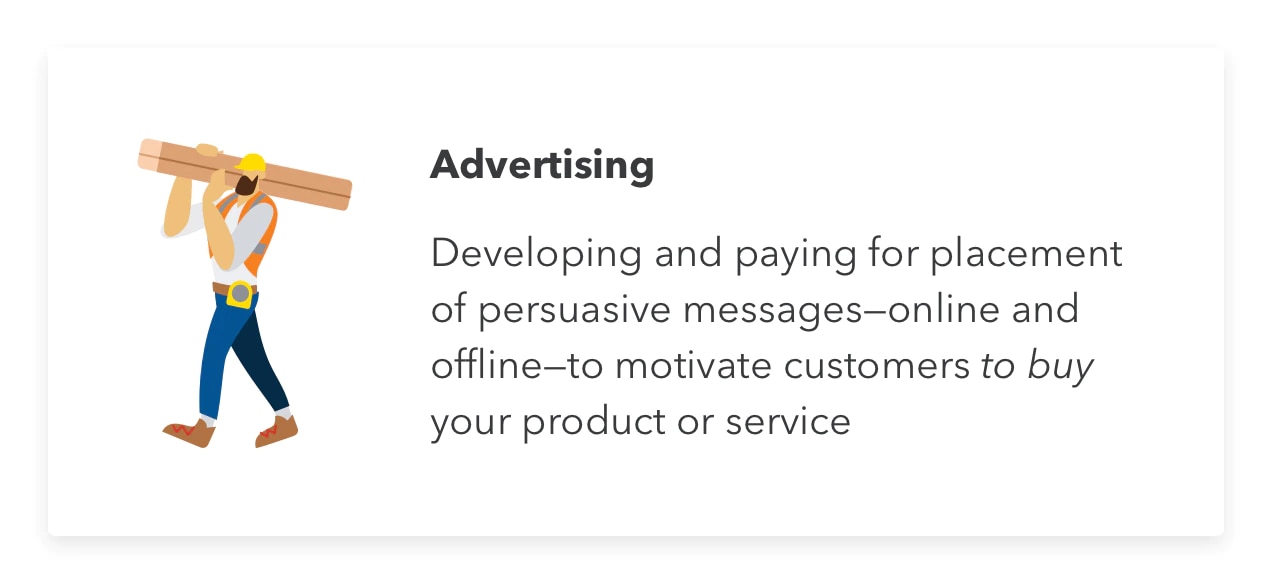First, the good news …
Despite the internet’s global landscape, a near majority of all Google searches—3.5 billion a day—are looking for local information.
In addition, 92% of people use the internet to find local companies with over a quarter saying they use it “every day” for exactly that purpose. (That’s double the number from just one year ago.)
Second, the bad …
Unfortunately, 64% of small business owners have yet to stake their claim in digital marketing by creating a website. Worse, a mere one in five actively market themselves on social media and even fewer are leveraging non-social online marketing channels.
















